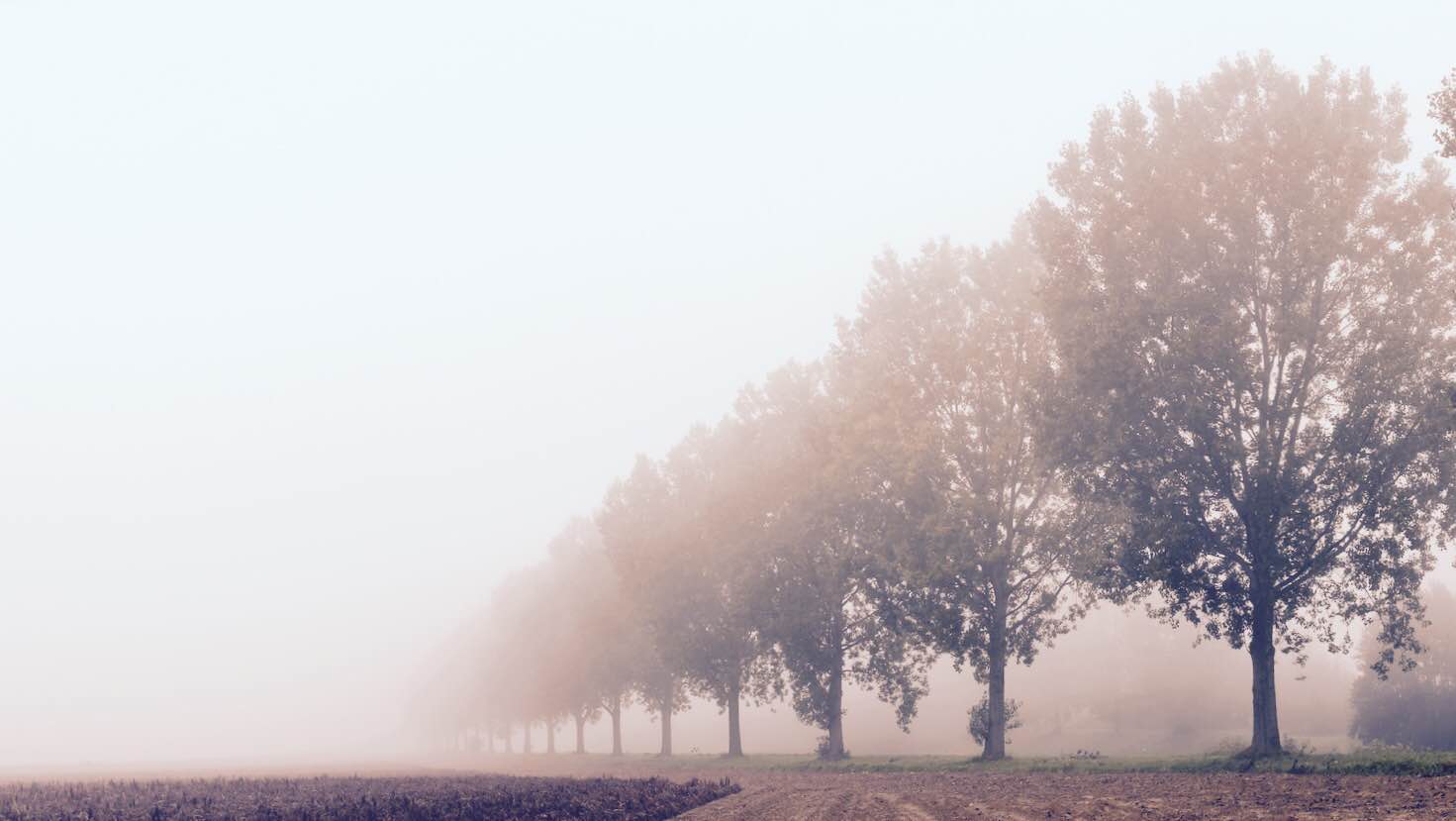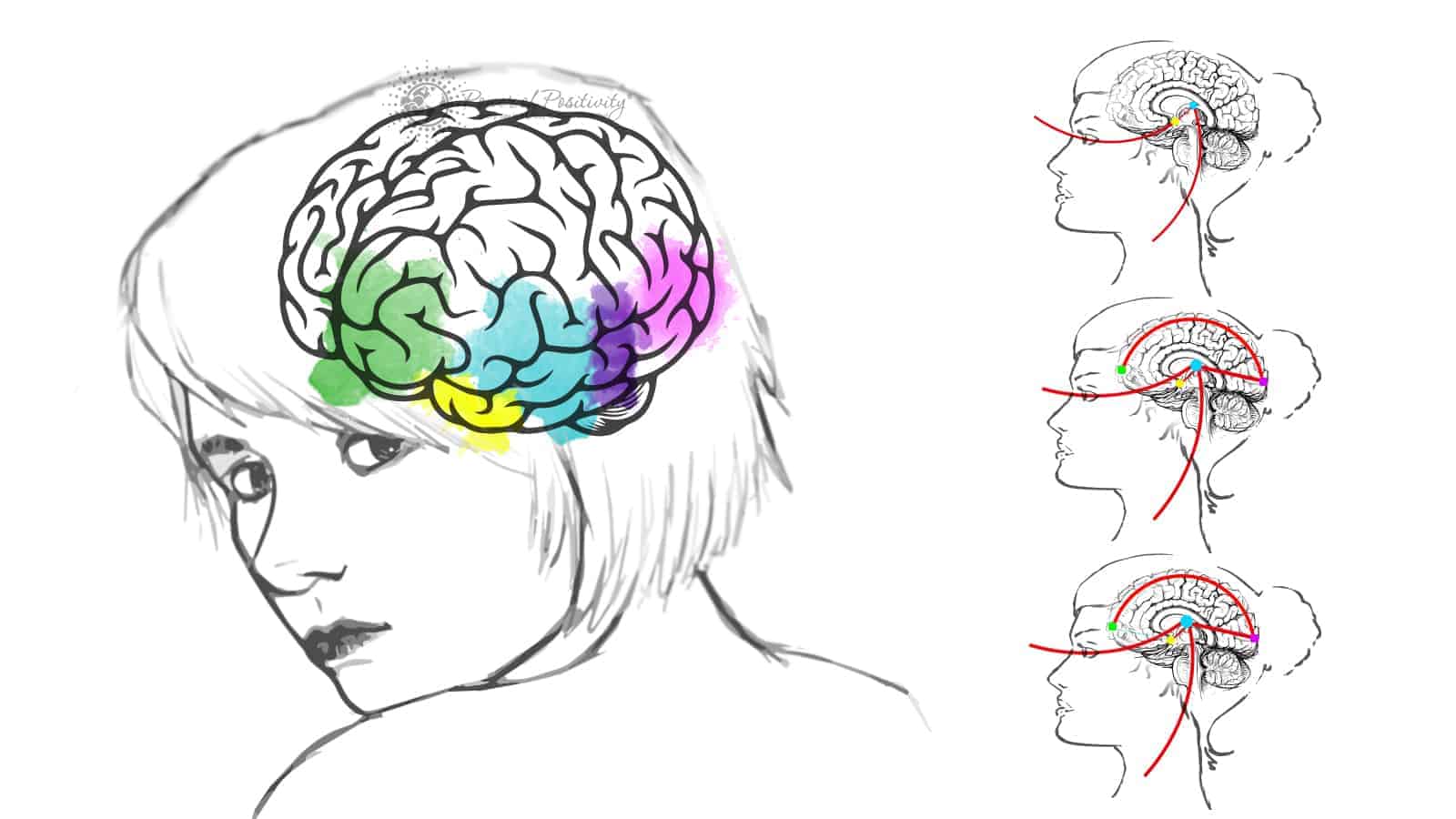Spending time in nature is a great way to relax. Now science backs up this idea by telling us exactly how many trees we need to see to relax. The crisp, fresh smell of pine trees, the rustling sound of palm fronds, and the drooping fountain of green of a weeping willow tree are beautiful aspects of the peacefulness that trees bring us.
Finding a quiet spot under a tree in the shade gives you the peak hours of mid-day sunlight. Or resting against its trunk on the sunny side as the sun is lower in the sky, can be the most relaxing place to spend your time. In this article, we will look at how trees help us relax our bodies and physically overcome the stress response.
Here’s How Many Trees You Need to See To Relax, According to Science
Shinrin-yoku, or “forest bathing,” was first named by the Japanese Ministry of Agriculture, Forestry, and Fisheries in 1982. The name for spending time looking at trees to relax gives us a way to talk about the significant discovery identified by scientists; human health and the environment connect to each other in important ways.
The stress response and its effect on your body
Heart rate variability, levels of the stress hormone cortisol, blood pressure, pulse rate, and perspiration are all measurable parts of the body’s stress response. Researchers look at these measurements in people at baseline, after exposing them to a controlled stressful situation, and after they looked at a certain number of trees in a forest setting. According to science, taking in the atmosphere of a forest can improve your state of mind and physical relaxation.
Stress can be caused by many different things in our environment, from our jobs to too much traffic, to not having enough time to do what we want. Stress is a killer; it can lead to coronary heart disease, overeating, stroke, immune health problems, and a lower quality of life.
Our response to environmental factors can either be healthy and positive or negative and harmful to our health. In many ways, we can control our response to stressful events by reframing the way that we think about these events. For example, looking at stress as a challenge we know we have the skills to handle effectively can be one effective way to relax.
The physiological effects on your body when you see trees
A joint research team at the University of Illinois at Urbana, Champaign, and the University of Hong Kong, Hong Kong studied the density of trees that we see in city parks and people’s ability to recover after a stressful event. They reviewed the results from several previous studies and 24 forests across Japan.
The results, according to the scientists, were remarkable for the ability to see trees to lower the body’s stress response. They suggest that the results of their study show that local governments should work toward an ‘effective use of forest resources in stress management, health promotion, rehabilitation, and the prevention of disease.’
According to scientists, there is a healing effect of being surrounded by trees. In fact, it has a very real effect on reducing the stress response in our bodies. Scientists who study the health effects of trees on reducing stress have developed a new field; of forest medicine. According to science:
‘The results of studies performed on the physiological effects of Shinrin-yoku (forest bathing) show that forest environments could lower cortisol concentrations, lower pulse rate, lower blood pressure, increase parasympathetic nerve activity, and lower sympathetic nerve activity compared with city settings.’
Why science says you need to see many trees before you can relax
As little as 15 minutes of viewing trees and 15 minutes walking in a forest can reduce stress. Joint Illinois and Hong Kong research mentions that previous forest bathing research also ‘showed that forest environments could lower the absolute value of the total hemoglobin concentration, an index of cerebral activity, in the brain’s left prefrontal area. The absolute value of hemoglobin concentration had never previously been measured in the field.’
Researchers looked at varying levels of tree density and how stress response differed for the participants in the study. They found that if they had participants view a video of trees where the density of trees went from as low as 2% of tree canopy coverage to 62% of tree canopy coverage, the amount of self-reported stress decreased in a linear pattern. The higher the tree density, the lower feelings of reported stress, according to the scientists. Sohow many trees you need to see to relax? The science simply shows the more trees, the better.















 Community
Community

